Although Troy is world famous and everyone can tell you about the Wooden Horse, few people know (or even understand) how complex is the archaeological history of the site. It dates from possibly around 1500BC and was lost sometime in the first millennium. Along the way it went through various names changes including Ilios and Wilusa. It was rediscovered in the mid 1800s and
since then, nine building phases have been identified leading to various cross sectional maps (such as that above)
or the site plan showing the various cities piled one on top of the other (above). Hence, this account is purely one about our walks around the site and makes no attempt to explain the site (or even be accurate in interpretation). If you want to know more, then here is a very good interactive website which explains a lot.
When we arrived at the site, there was a notice on display which said
This relates to a wooden construction (one cannot say “replica” because there is no
evidence that the horse actually existed or what it might have looked like) which tourists climb up and peer out of to have their pictures taken.
We entered through the City level VI gates (1270 to 1200BC)
and then walked up the mound onto the Temple mound which is Troy VIII (700BC to 500AD, hence there are no remains of Troy VI on the mound.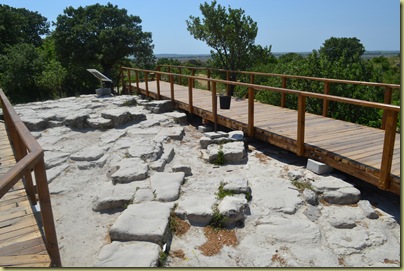 Scattered around are remains of the temple such as these ceiling fragments
Scattered around are remains of the temple such as these ceiling fragments
From this position you get a great view of the plains beneath Troy
Then we descended down to the remains of a Megaron House (2600 to 2400BC)
which are part of Troy II.
In this area are the 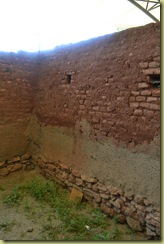 foundations of the early Citadel Wall (2500 to 2200 BC) with a reconstruction of the walls resting upon the foundations. The reconstructions are mud bricks and under attach from wasps
foundations of the early Citadel Wall (2500 to 2200 BC) with a reconstruction of the walls resting upon the foundations. The reconstructions are mud bricks and under attach from wasps
Cutting across the site in this area is the infamous Schliemann Trench which is about 40 metres wide at the top and descends to at least 17 metres depth to the remains of Troy 1 (around 2920 BC).
It was dug with such determination and speed that in doing so, it destroyed all of the evidence related to the cities on the various layers between the top and the bottom of the mound.
Adjacent to the Schliemann trench is another trench with the various cities labelled and here one can clearly see what are said to be the levels of three of the cities, III (across the middle), IV (middle back) and IX (top left).
Schliemann was delighted when he found a
ramp leading into Troy II and he decided that this had to be the ramp up which the Wooden Horse was pushed. The structure of the remains here led Schliemann to decide that he had found the Homeric Troy he was looking for. It took him many years to realise and accept that what he had found was about 1200 years too young to be the Homeric Troy.
The ramp was a popular feature in the imagination of Victorian painters. Priam’s treasure was discovered just to the left of the top of the ramp.
As one walks through the city, one continues to jump around between the different cities, the walls of Troy II above and Tory VI below.
To one side of the ramp is the Sanctuary which also shows evidence of different structures in different times.
There is an Hellenic wall to the rear right and an altar which has been clad in marble down to the ground level of its time, and possibly a related well (the round well with a hole) in the centre and then evidence of an earlier religious building at a lower level to the middle left and hence beneath the floor of the marble clad altar temple.
The Bouleterion (a town debating chamber doubling up as a theatre) and Odeon (Troy IX) are further out from the centre. For obvious reasons, the latter Troy’s are outside of the earlier Troy’s because the city is expanding
and the remains of city houses, shops and a street run past the Odeon.
and there are the remains of a bath house in front of the Bouleterion.
Troy is an exceedingly complex site which creates great excitement amongst archaeologists and is very interesting to walk around if you have someone briefing you as to which era you are in and you have an understanding of how the city grew up and expanded. We enjoyed our time there.
And all of the time you are walking around
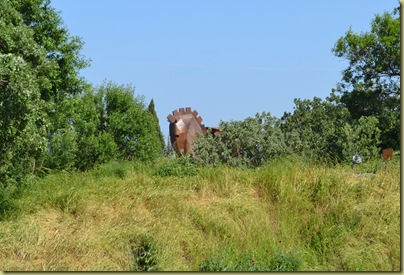 the city remains, the Horse is peeping over the ramparts at you!
the city remains, the Horse is peeping over the ramparts at you!


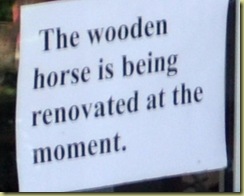
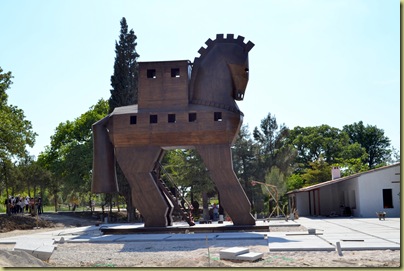
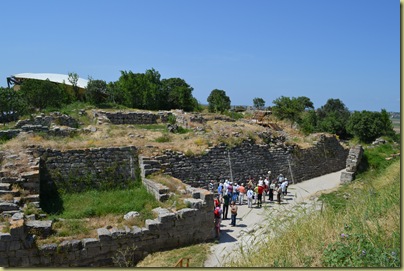
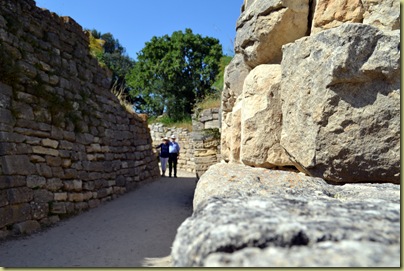
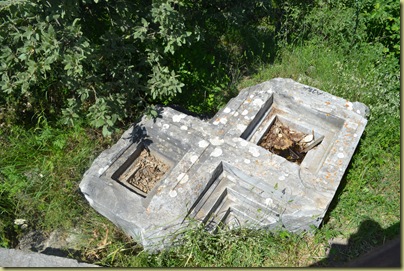
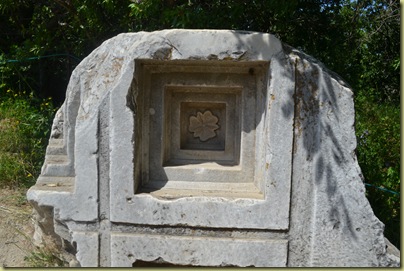
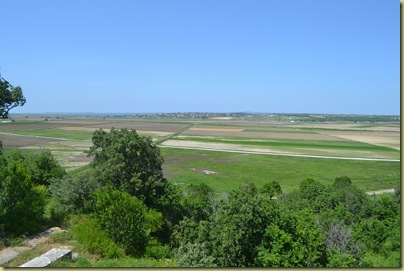
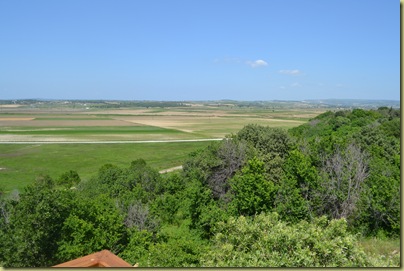
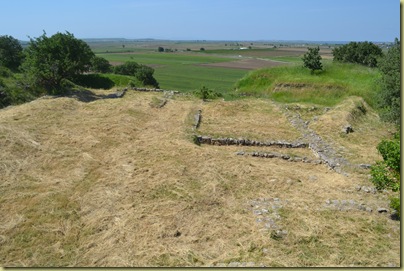
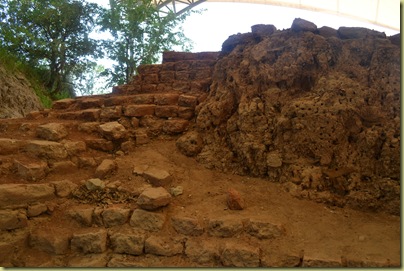

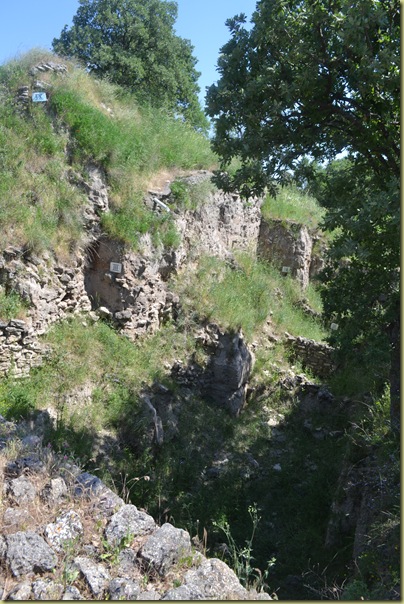

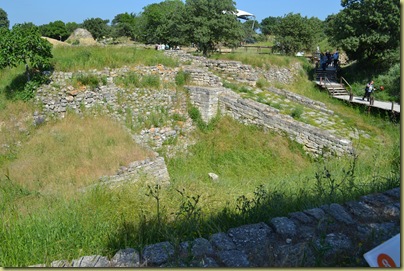
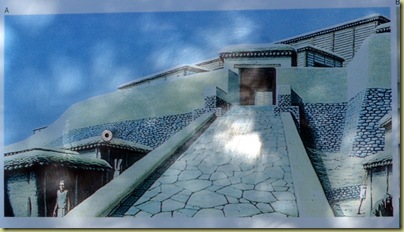
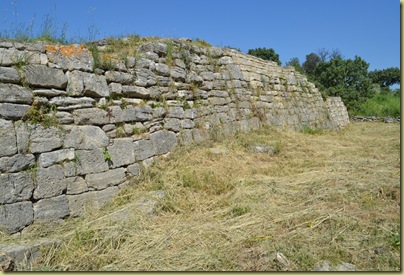
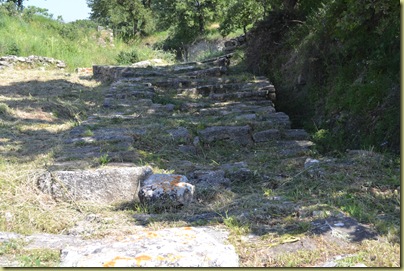
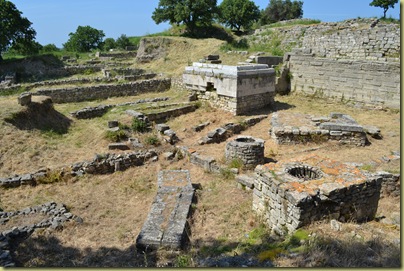
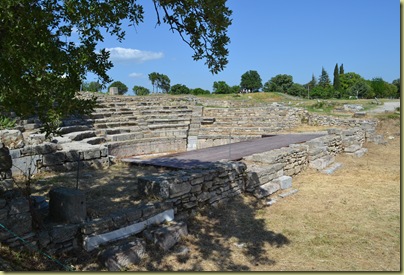
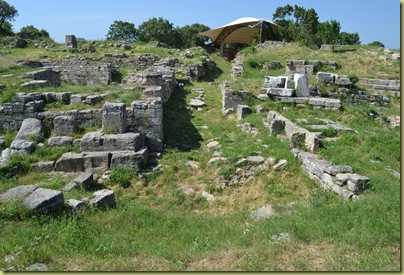
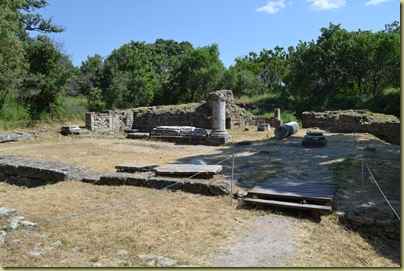
No comments:
Post a Comment